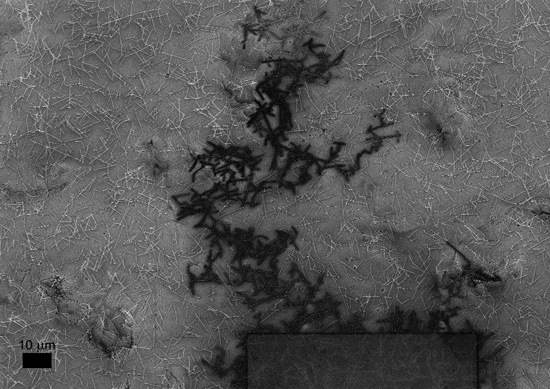Prof John Boland, director of the Centre for Research on Adaptive Nanostructures and Nanodevices (CRANN)
Prof John Boland, the director of the nanoscience institute CRANN, has been awarded €2.5m from the European Research Council (ERC), to continue pursuing research into how nanowire networks can lead to new smart materials, sensors, digital memory applications and potentially the next generation of computers.
Boland, who heads up CRANN, which is based at Trinity College Dublin, has secured the second only advanced ERC grant that’s ever been awarded for physical sciences research in Ireland.
The ERC funding is the maximum amount of funding that can be awarded to an individual.
Boland and his team at CRANN will use the funding to continue their research into nanowires, with the aim of creating computer networks that can mimic the functions of the human brain and improve on computer capabilities such as facial recognition.
Nanowires themselves are spaghetti-like structures that are made of materials such as copper or silicon. They are just a few atoms thick and can be engineered into tangled networks of nanowires. Researchers around the globe are investigating the potential for nanowires to be used in solar power generating technologies and to create next-generation computers.
Next-generation of computing
Boland said that he has discovered that exposing a random network of nanowires to stimuli such as electricity, light and chemicals generates chemical reaction at the junctions where the nanowires cross.
By controlling the stimuli, it could then be possible to harness these reactions to manipulate the connectivity within the network, according to Boland. He said this breakthrough could eventually allow computations that mimic the functions of the nerves in the human brain.
“The human brain is neurologically advanced and exploits connectivity that is controlled by electrical and chemical signals. My research will create nanowire networks that have the potential to mimic aspects of the neurological functions of the human brain, which may revolutionise the performance of current day computers,” he explained.
CRANN is funded by Science Foundation Ireland.

Image of a nanowire network. The electrical connectivity of such networks can be visualised using a scanning electron microscope in CRANN’s Advanced Microscopy Lab